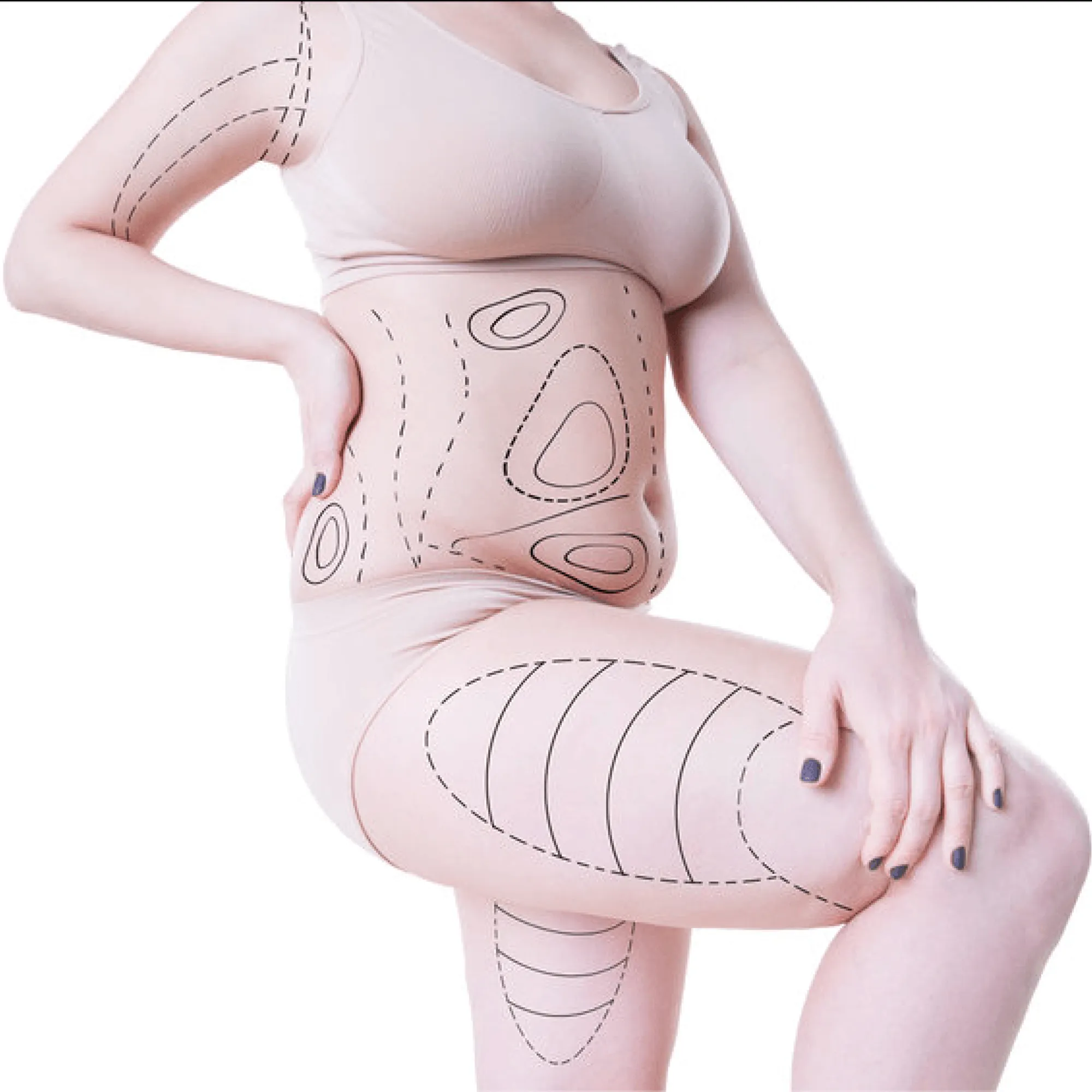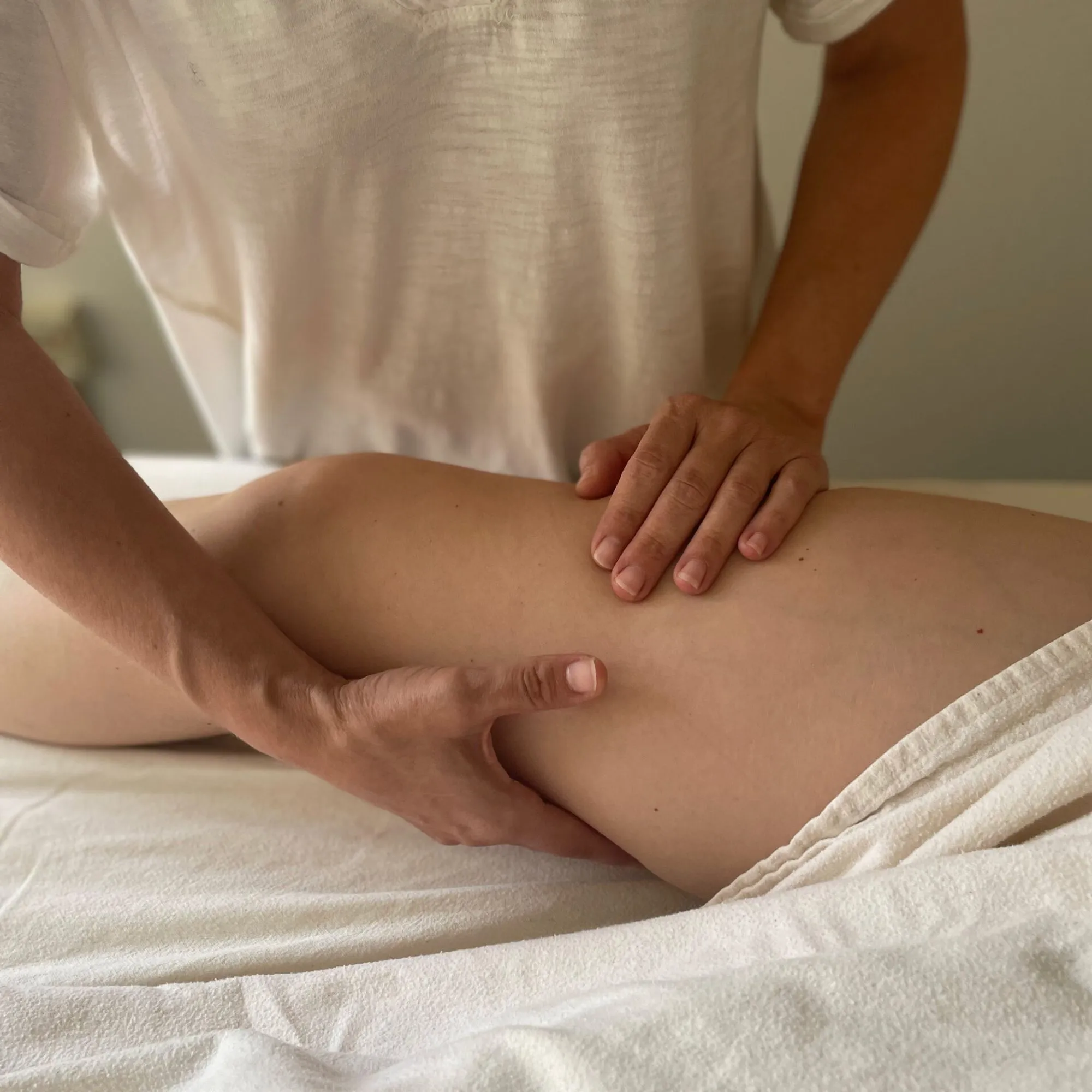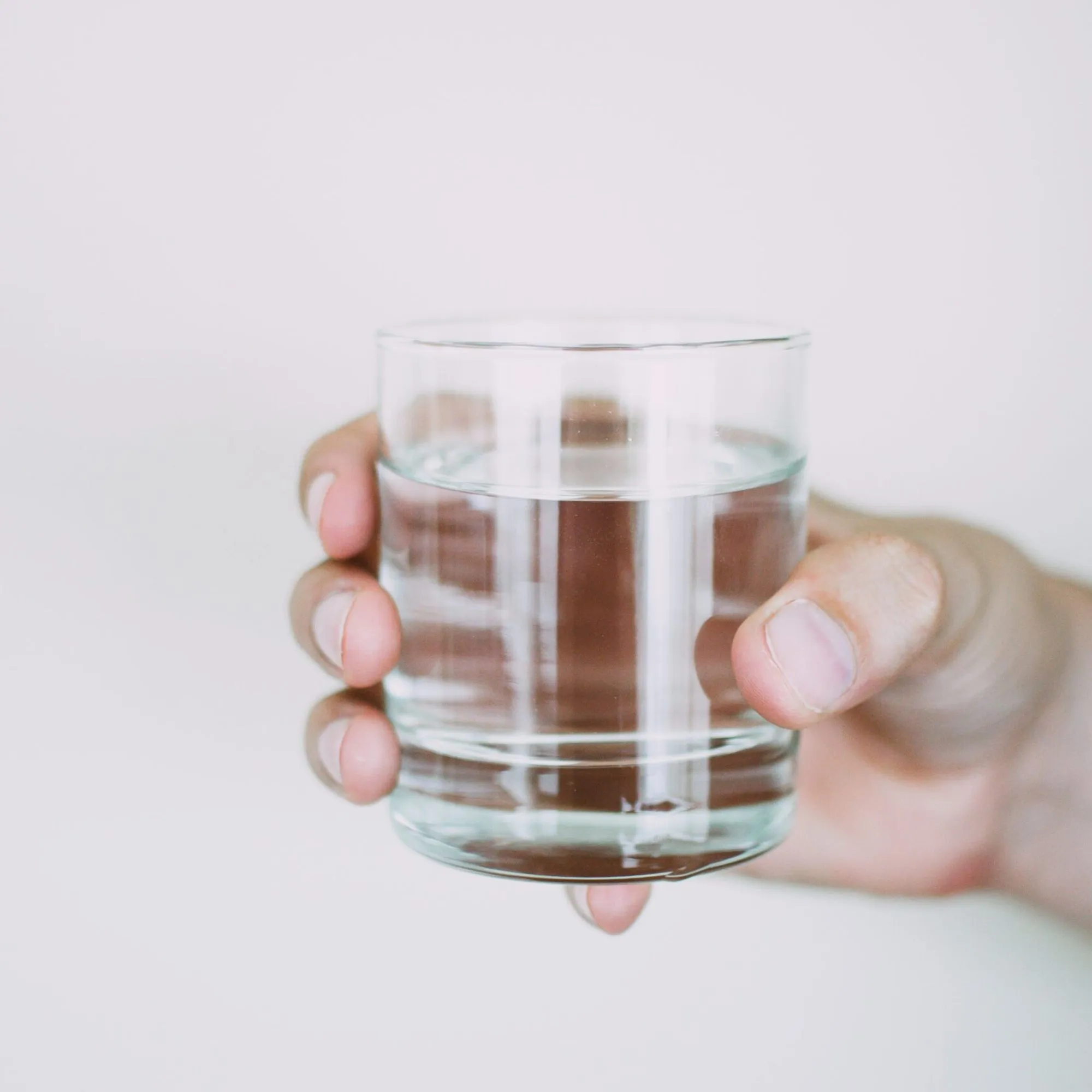
• read
Your Pre-Surgical Check-list
Preparing for surgery? Discover essential tips on lymphatic drainage, recovery t...
Lymphedema and Post-Surgical Swelling: Gentle Exercises and Self-Massage for Healing
Lymphedema is a chronic lifelong condition that causes swelling—most often in the arms or legs—when lymph fluid doesn’t drain properly. The lymphatic system plays an essential role in your immune health, helping your body remove waste and fight infection. When this system is damaged or blocked, lymph fluid can build up in the tissues, leading to swelling, heaviness, or tightness. While lymphedema isn’t curable, it can be effectively managed with the right care and techniques.
Post-surgical swelling is a common and normal part of healing after surgery. It occurs as your body sends fluid and white blood cells to repair tissue. For most people, this swelling goes away gradually with time, gentle movement, and proper care.
In some cases—particularly following lymph node removal or damage—swelling may persist and progress into lymphedema, a persistent condition that, unfortunately, has no cure. Paying attention to early signs such as persistent heaviness, firmness, or tightness in the limb can help you catch it early. Lymphedema often begins in the extremities—such as the hands or feet—and gradually progresses inward toward the center of the body. For example, jewelry like rings or watches, or footwear feeling unusually tight, can often be an early warning sign of lymphedema. Gentle exercise, lymphatic self-massage, and good skincare support healing and may help prevent lymphedema from developing. Always contact your care team if swelling doesn’t improve or changes suddenly.
At Lymphatic Specialists of Madison, our certified Manual Lymph Drainage (MLD) therapists and licensed physical and occupational therapists specialize in helping clients manage post-surgical swelling and lymphedema safely and effectively. Our goal is to restore comfort, confidence, and mobility.
In this guide, you’ll learn gentle, at-home techniques to support your lymphatic health—from simple exercises to self-massage methods that encourage lymph flow and aid recovery after surgery.
Some swelling after surgery is completely normal—it’s part of your body’s natural healing process. Fluid collects around the surgical site to help repair tissue. However, if swelling persists, feels heavy or firm, or begins to limit movement, it may be related to lymphatic changes—or, in rare cases, lymphedema.
Common post surgical swelling symptoms:
*If symptoms persist longer than expected recovery period or seem amplified - seek medical attention*
Gentle movement, self-massage, and proper skincare can help reduce discomfort, restore mobility, and support a smoother recovery.
Your lymphatic system doesn’t have a pump like the heart. Instead, it relies on muscle movement and deep breathing to keep lymph fluid flowing. That’s why small actions—like stretching, walking, or slow breathing—can make such a big difference.
Every time you move or take a deep breath, you help your body “pump” lymph fluid more efficiently. Over time, consistent gentle activity supports recovery, improves flexibility, and helps prevent stiffness or worsening swelling.
Benefits of regular lymphatic movement:
Before You Begin
Before starting any new exercises or massage techniques, check with your MLD therapist, physical or occupational therapist, or physician to make sure the plan is right for your condition and compression needs.
Deep diaphragmatic breathing—sometimes called 360° breathing—is one of the simplest and most effective ways to support your lymphatic system. It gently stimulates the thoracic duct (the main drainage pathway) and encourages lymph flow.
Try this exercise:
Tip: Combine deep breathing with self-massage to boost drainage and relaxation.
Once cleared by your doctor, light stretching and mobility exercises can help reduce stiffness and improve lymph flow.
For Arm Lymphedema:
For Leg Lymphedema:
Perform each movement slowly and rhythmically—the goal is gentle activation, not exertion.
Tip: After surgery, always wear your compression garment if prescribed. Stop any movement that causes pain or pulling at the incision site.
Manual Lymph Drainage (MLD) is a gentle massage technique designed to stimulate lymph flow, reduce swelling, and improve comfort. While professional treatment offers the best results, you can safely perform simple self-massage techniques at home once your incision has fully healed and your provider approves.
Guidelines for safe lymphatic self-massage:
Example sequence for the arms:
Example sequence for the legs:
Tip: Just 5–10 minutes daily can make a noticeable difference over time.
*If you have lymphedema, have had lymph nodes removed, or have radiated tissue, it's important to consult a certified lymphatic practitioner before performing self-massage at home, as the technique and sequencing may differ based on your condition*
4. Combining Exercise and Self-Massage
The most effective swelling management routines combine both movement and drainage techniques:
Wearing compression garments during or after exercise may help maintain results—follow your therapist’s recommendations. This balanced routine helps maintain mobility, prevent tissue stiffness, and reduce swelling more effectively than any single method.
✅ Always follow your medical provider’s guidance.
💧 Stay hydrated and get enough rest—both support healing and lymphatic flow.
🧴 Keep your skin clean, moisturized, and free of cuts or irritation.
⚠️ Avoid deep or forceful massage—lymphatic drainage is always light.
👕 Avoid tight clothing or jewelry that can restrict lymph flow.
🧘♀️ Incorporate mindfulness and stress reduction—these support your lymphatic and immune systems.
Recovery takes time, but gentle, consistent care makes a powerful difference. Simple daily habits like deep breathing, light exercise, and self-massage can help reduce swelling, restore comfort, and support your body’s natural healing process.
Managing lymphedema and post-surgical swelling is an ongoing journey—but with patience, awareness, and expert support, you can feel more balanced, confident, and in control every step of the way.

• read
Preparing for surgery? Discover essential tips on lymphatic drainage, recovery t...

• read
Learn the key differences between lymphedema and lipedema—their causes, symptoms...

• read
Discover essential aftercare tips for Manual Lymphatic Drainage Massage—hydratio...